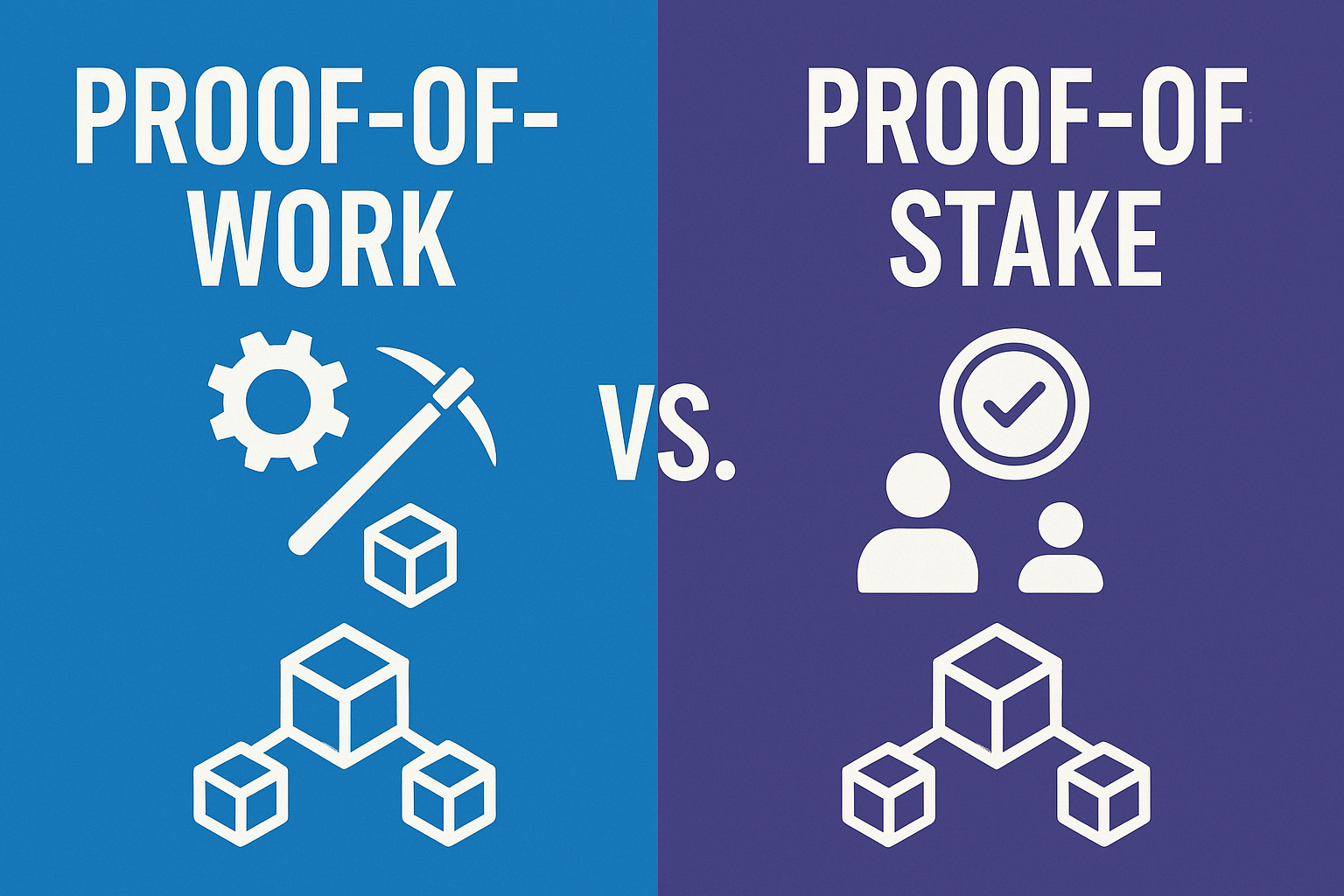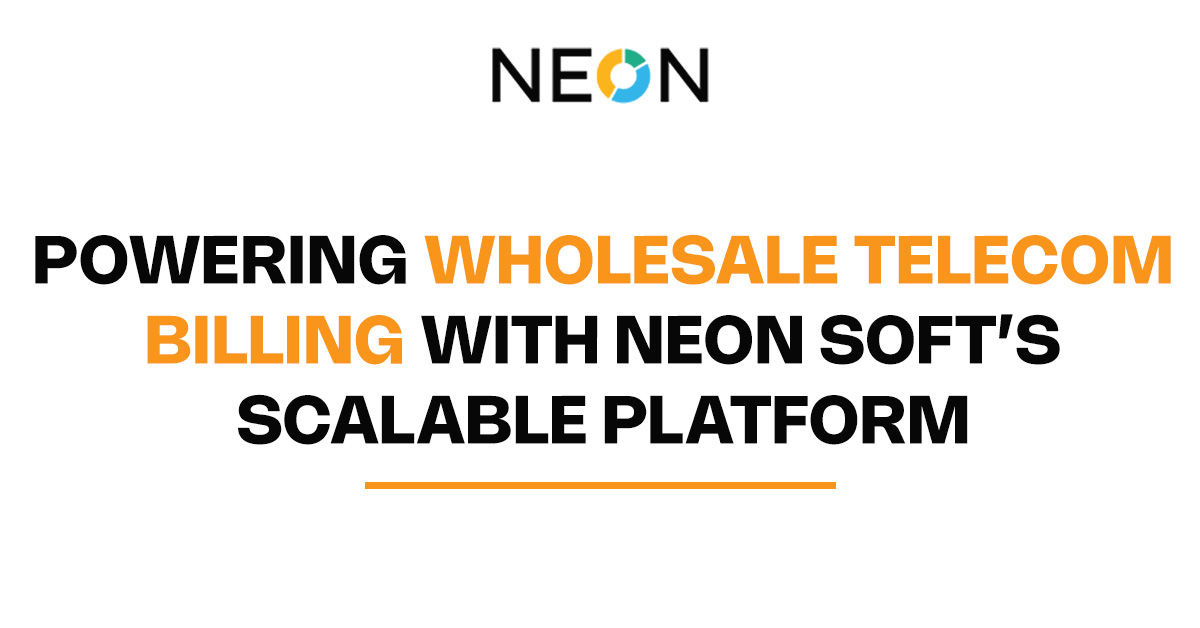Blockchain technology is no longer a buzzword. It’s the backbone of cryptocurrencies, smart contracts, and decentralized applications. Behind every blockchain network lies a consensus mechanism. This mechanism decides how transactions are validated and how the network stays secure. Two of the most discussed mechanisms today are Proof-of-Work (PoW) and Proof-of-Stake (PoS).
Understanding the difference between PoW and PoS is essential if you’re exploring blockchain development services or planning to work with the best blockchain development company. These mechanisms not only affect how blockchains work but also how fast, secure, and sustainable they are.
What Is a Consensus Mechanism?
In simple terms, a consensus mechanism is a system used by blockchain networks to agree on the state of the blockchain. It prevents fraud, double-spending, and ensures all participants have the same copy of the ledger.
What Is Proof-of-Work (PoW)?
Proof-of-Work is the original consensus mechanism used by Bitcoin and several other major blockchains. It involves solving complex mathematical problems using computing power.
How It Works
Miners compete to solve a cryptographic puzzle. The first to solve it adds a new block to the blockchain. As a reward, they get cryptocurrency.
This process is called mining. It consumes significant energy because it needs powerful hardware to solve the puzzles.
Key Features of PoW
- High energy consumption
- Strong security due to decentralization
- Slower transaction processing time
- Expensive hardware requirements
Because of its energy demands, PoW systems are often criticized. Still, they offer strong network security and have proven reliability over time.
What Is Proof-of-Stake (PoS)?
Proof-of-Stake is a newer consensus method designed to solve the limitations of PoW. It doesn’t rely on massive computing power. Instead, it uses validators who are selected based on the number of coins they “stake” as collateral.
How It Works
Participants lock up a certain number of coins in the network. The system randomly selects a validator from among them to propose and validate the next block. The more you stake, the higher your chances of being selected.
Unlike PoW, PoS doesn’t require mining. This makes it more energy-efficient and cost-effective.
Key Features of PoS
- Low energy usage
- Faster transaction processing
- Reduced hardware costs
- Increased scalability
Staking encourages users to act honestly because if they validate a false transaction, they risk losing their staked coins.
Security: How Do PoW and PoS Compare?
Security is the top concern in blockchain development services. PoW has a long history of withstanding attacks. The cost of launching a 51% attack on PoW networks is extremely high because it requires enormous computational power.
PoS is still gaining trust. While it lowers the barrier to entry, there’s concern that large stakeholders could gain too much influence. However, modern PoS networks have built-in features to reduce this risk, such as penalties for dishonest behavior.
Energy Consumption: PoS Is Clearly More Efficient
This is where the two mechanisms show a huge difference. PoW networks require powerful machines running nonstop. This results in massive electricity usage.
PoS networks use minimal energy because there’s no mining. Validators just need to keep their node online. This efficiency makes PoS more suitable for large-scale applications that require scalability and low environmental impact.
Speed and Scalability
For any business considering blockchain development services, speed matters.
PoW networks can only process a limited number of transactions per second. For example, Bitcoin handles about 7 transactions per second. This makes it less suitable for applications that need fast processing.
PoS networks, on the other hand, are much faster. They can handle hundreds or even thousands of transactions per second depending on the design. This is crucial for sectors like finance, supply chain, and gaming where performance is key.
Cost of Participation
In PoW systems, mining is expensive. You need powerful hardware, electricity, and maintenance. This can prevent small players from joining the network and contributes to centralization.
PoS allows more people to participate since the only requirement is to hold and stake coins. This promotes decentralization and lowers the barrier to entry.
Environmental Impact
PoW has come under global scrutiny for its carbon footprint. Large-scale mining operations use massive amounts of electricity. In some regions, mining uses more energy than entire countries.
PoS is more environmentally friendly. It uses less energy, produces less heat, and doesn’t need constant hardware upgrades. This aligns with global efforts to reduce environmental impact and promote sustainability.
Incentives and Penalties
Both PoW and PoS use rewards and penalties to keep participants honest.
In PoW, miners are rewarded with cryptocurrency for successfully mining a block. If they try to cheat, they waste energy and resources.
In PoS, validators also earn rewards, but they can lose their staked coins if they act maliciously. This direct financial risk discourages dishonest behavior.
These mechanisms are essential for building trust in blockchain systems. For companies offering blockchain development services, it’s important to design systems where incentives align with honest behavior.
Governance and Flexibility
PoW networks tend to be slower to adopt changes. Any upgrade needs wide consensus from miners, developers, and users.
PoS networks are often more flexible. Governance can be built into the protocol. Token holders can vote on proposals. This makes it easier to implement upgrades, fix bugs, or introduce new features.
If you’re working with the best blockchain development company, choosing PoS can offer more control over how the blockchain evolves.
Real-World Examples
- Bitcoin uses PoW. It’s secure but slow and energy-intensive.
- Ethereum started with PoW but moved to PoS in a major upgrade to improve scalability and reduce energy use.
- Cardano and Polkadot use PoS and are known for efficiency and innovation.
These examples show how the blockchain world is shifting toward PoS as a more sustainable option.
Choosing the Right Mechanism
If you’re developing a blockchain application, the choice between PoW and PoS depends on your goals.
Choose PoW If:
- Security is your top priority
- You don’t mind slower performance
- You have access to resources for mining
- You want a tried and tested system
Choose PoS If:
- You need faster transactions
- Energy efficiency is important
- You want lower costs and easier entry
- You aim for scalability and flexibility
Working with the best blockchain development company helps ensure that the right mechanism is chosen based on your project’s requirements. These companies can design and implement systems that balance speed, security, and sustainability.
Impact on Blockchain Development Services
Consensus mechanisms directly affect how developers build, test, and deploy blockchain systems.
PoW requires more infrastructure and maintenance. Developers need to focus on optimizing performance and managing resources.
PoS allows more experimentation with user experience, application layers, and integrations. This opens doors for innovative solutions across industries.
As more businesses enter the blockchain space, PoS is becoming the preferred model for custom projects. Blockchain development services today focus on PoS platforms to build scalable and efficient apps.
Conclusion
Both Proof-of-Work and Proof-of-Stake play a role in the blockchain ecosystem. PoW offers strong security and a proven track record. PoS brings speed, energy efficiency, and broader accessibility.
As blockchain continues to grow beyond cryptocurrencies, the shift toward PoS will likely accelerate. Businesses looking to create practical, scalable, and green blockchain solutions should seriously consider PoS.
If you’re planning a blockchain project, choosing the right consensus mechanism is crucial. It impacts performance, cost, and user adoption. By partnering with the best blockchain development company, you can build solutions that are fast, secure, and future-ready.
The world of blockchain is evolving fast. Knowing the strengths and trade-offs of PoW and PoS puts you in a better position to innovate, lead, and succeed.



